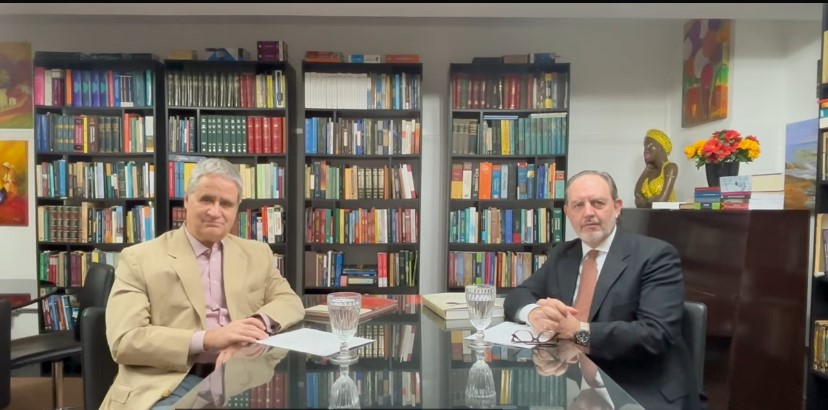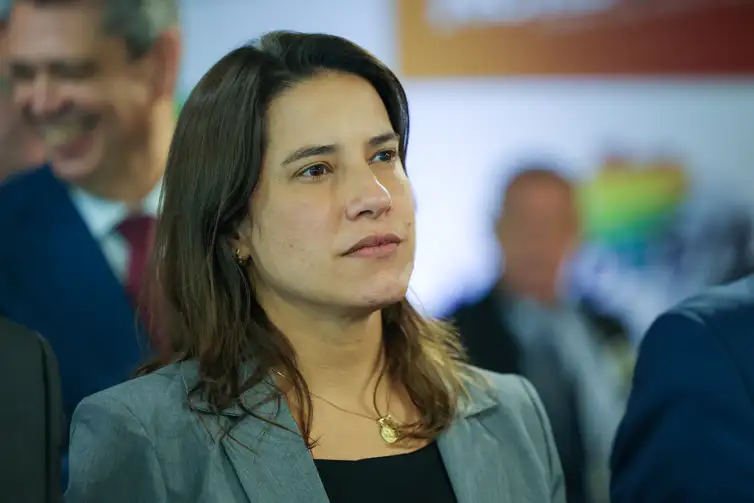Decreto reduz o prazo do repasse financeiro das operadoras aos estabelecimentos de 30 para 15 dias
Reivindicação do setor, medida limita a taxa cobrada de estabelecimentos a 3,6%
12.11.2025
O presidente Luiz Inácio Lula da Silva assinou, ontem, um decreto que modifica diversas regras nos programas de vale-alimentação e refeição. As alterações abrangem tanto trabalhadores que utilizam o vale-benefício quanto empresas que comercializam produtos por esse meio de pagamento.
Fique por dentro das notícias que importam para você!
Uma das principais mudanças trazidas pelo decreto limita a 3,6% a taxa cobrada pelas administradoras dos cartões de vale, aos estabelecimentos comerciais (bares, restaurantes e mercados). Outra alteração foi a redução do prazo de repasse financeiro aos estabelecimentos, que deverá ocorrer em até 15 dias corridos após a transação. Atualmente, mercados e restaurantes recebem os valores apenas 30 dias após as transações.
Todas essas regras terão de ser adequadas por empresas no prazo máximo de 90 dias.
Quanto aos trabalhadores que recebem o benefício, as mudanças anunciadas pelo governo garantirão que todas as bandeiras de cartões vale-alimentação ou refeição sejam aceitas em quaisquer maquininhas de cartão. Isso porque o decreto incorpora a interoperabilidade, mecanismo que permite comunicação geral entre máquinas e bandeiras de cartão. O prazo para que essa regra comece a valer é de 360 dias, de acordo com o decreto.
O texto também proíbe práticas comerciais consideradas abusivas, como deságios, descontos, benefícios indiretos, prazos incompatíveis com repasses pré-pagos e vantagens financeiras não relacionadas à alimentação.
Trabalhador
Com as mudanças, o governo busca fortalecer o Programa de Alimentação do Trabalhador (PAT), garantindo que o benefício cumpra seu papel de promover saúde e bem-estar, estimular a economia e fomentar o setor de alimentação no país. O decreto foi assinado em uma reunião no Palácio da Alvorada. Além de Lula, participaram da cerimônia o vice-presidente, Geraldo Alckmin, e os ministros Luiz Marinho, do Trabalho e Emprego; Fernando Haddad, da Fazenda; e Rui Costa, da Casa Civil.
Na avaliação de Marinho, as alterações no funcionamento dos benefícios de alimentação e refeição fomentarão o aumento da quantidade de estabelecimentos comerciais que aceitam essa forma de pagamento, ampliando a concorrência.
“Estamos criando condições para o aumento da concorrência (no setor). Com isso, você propicia que haja redução do preço lá na ponta”, disse Marinho, em conversa com jornalistas, na tarde de ontem. O titular da pasta do Trabalho e Emprego ainda detalhou os impactos econômicos nas mudanças do vales-alimentação e refeição.
“Nós estamos falando de um mercado que movimenta mais de R$ 200 bi que circula em torno dos vales-alimentação e refeição. Esse grande volume de recursos estava sendo controlado pela intermediação e quem faz essa intermediação do fornecimento do voucher e o pagamento a quem fornece a alimentação lá na ponta. Portanto, haverá diminuição do peso da intermediação”, completou o ministro Luiz Marinho.
Reclamações
Segundo o ministro, o decreto surgiu em meio às reclamações de setores alimentícios como supermercados, padarias e restaurantes, que se queixavam de taxas cobradas por bandeiras de cartões de voucher alimentação ou refeição.
“Muitas reclamações dessa cadeia de fornecedores de que as taxas estavam abusivas. Tentamos uma pactuação. Não foi possível pactuar em todos os setores. Falam que vai cair muito a lucratividade, mas o governo do presidente Lula não pode aceitar que a lógica de prejuízo dessas empresas acabem prejudicando o trabalhador lá na ponta”, explicou Marinho.
O presidente da Associação Brasileira de Supermercados (Abras), João Galassi, corroborou a ideia de que as alterações nos vales-alimentação e refeição vão ampliar a concorrência no setor.
“A redução do prazo (de recebimento do pagamento) vai fazer com que essas pequenas empresas possam também aceitar esses vouchers de alimentação. Com o arranjo aberto automaticamente (cartões acessíveis a todas as maquininhas) no país inteiro, todos os pequenos supermercados no país, nós temos hoje mais de 300 mil empresas no simples nacional, no setor dos mercados. Todas elas passarão a aceitar o vale-alimentação e refeição no país com o arranjo aberto”, projetou o Galassi.
Após assinar o decreto, ontem, Lula comentou que as mudanças vão beneficiar supermercados e restaurantes independente de eles serem grandes, médios ou pequenos. “Se é bom para todo mundo, é bom para o trabalhador. Se é bom para o trabalhador, é bom para o Brasil”, afirmou o presidente.
*Por Francisco Artur de Lima
Fonte: Correio Brasiliense









